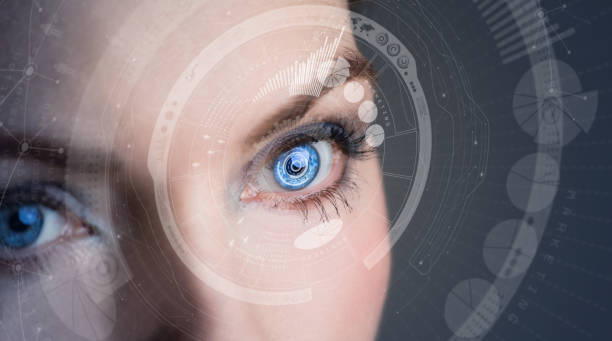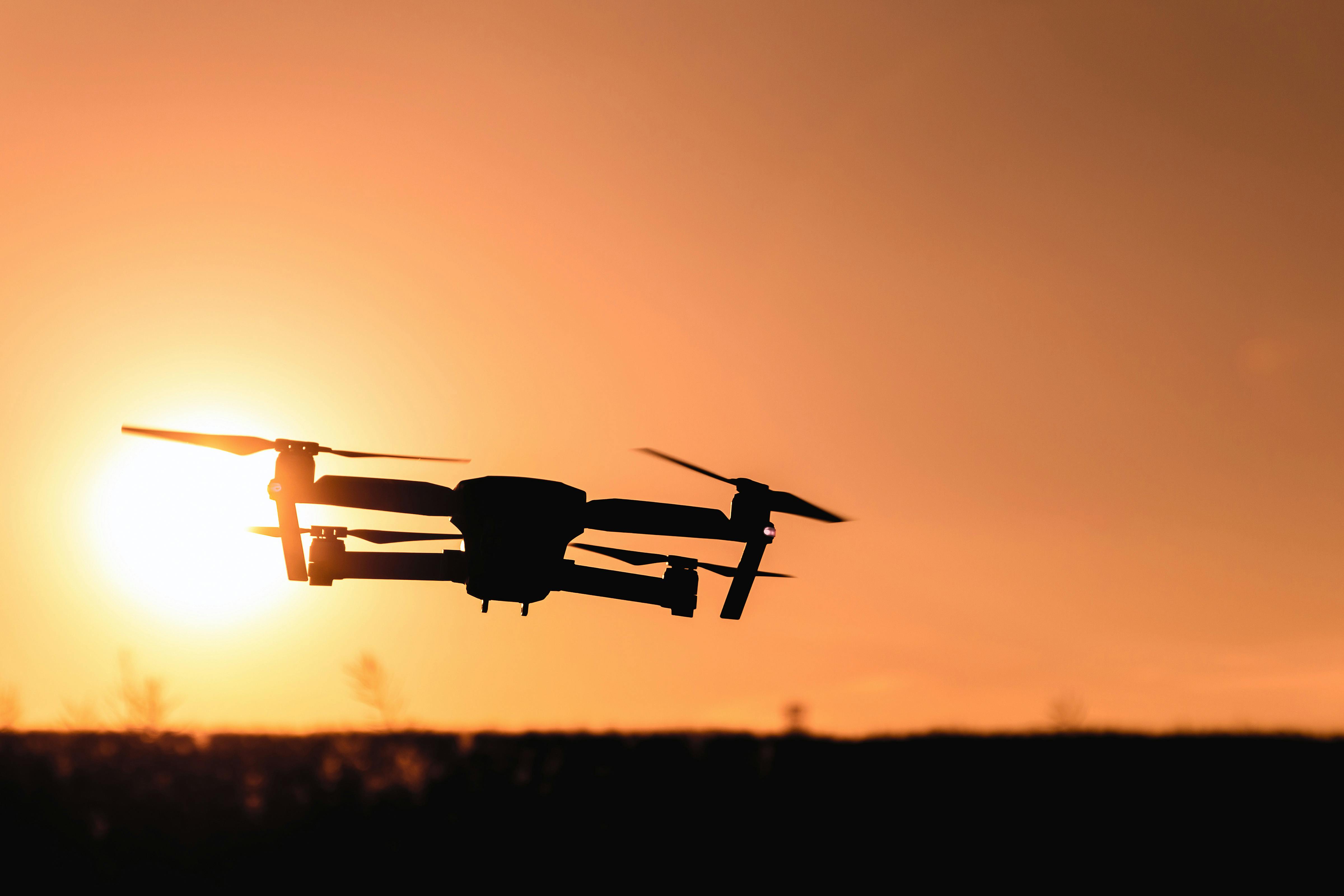Envisioning the Future: Smart Contact Lenses
In an era where technology and innovation are the order of the day, one peripheral that is set to transform our lives is smart contact lenses. As an evolution of wearable tech, these futuristic devices promise to add a new layer to our perception of reality. This article delves into the origin, current developments, and potential impact of smart contact lenses in the market.

A Brief History of Smart Contact Lenses
The concept of smart contact lenses isn’t entirely new. Google’s experimental division, Google X, announced a project on smart contact lenses back in 2014. Their aim was to monitor glucose levels in tears of diabetic patients. However, the project was shelved in 2018 due to technical hurdles. Yet, it marked the beginning of an idea that could revolutionize wearable technology.
Where We Stand Today
Despite Google’s setback, the development of smart contact lenses is far from dead. In the past few years, several tech companies and research institutes have taken up the mantle. For instance, a team from the University of California San Diego has developed a contact lens capable of zooming in your vision. Activation is as simple as blinking twice. The lens uses electrooculographic signals to detect eye movements, making hands-free control possible.
Another significant development comes from the South Korean tech giant, Samsung. They’ve patented smart contact lenses with a built-in camera that projects images directly onto the user’s eyes. Activation and control are also eye movement-based, offering a seamless and intuitive user experience.
Market Impact and Price Range
While it’s still early to predict the exact market impact of smart contact lenses, the potential is enormous. According to Market Research Future, the global smart contact lenses market is expected to grow at a CAGR of approximately 10% during the forecast period 2017-2023. The technology could revolutionize industries like healthcare, gaming, military, and augmented reality.
As for the price range, it’s reasonable to assume that the initial costs will be high, given the complexity and novelty of the technology. However, as with all technology, prices are likely to decrease over time as the technology matures and becomes more widespread.
The Future of Smart Contact Lenses
While the current developments in smart contact lenses are impressive, the future holds even more promise. With advancements in nanotechnology and microfabrication, we could see lenses that can monitor real-time health data, provide immersive AR experiences, or even correct color blindness.
However, the journey to this future isn’t without challenges. Issues like power supply, user comfort, and data privacy need to be addressed. Nonetheless, the potential benefits of smart contact lenses are enormous, and they could well be the next big thing in wearable tech.
In summary, smart contact lenses are a fascinating and promising technology that could add a new dimension to our perception of reality. While there are still hurdles to overcome, the potential benefits in areas like healthcare, gaming, and AR are undeniable. As we continue to push the boundaries of technology, there is no telling what the future holds.





